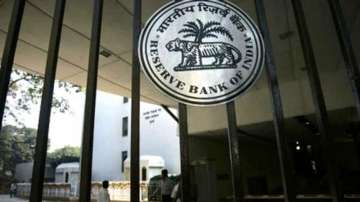The Reserve Bank on Friday relaxed the leverage ratio (LR) for banks to help them boost their lending activities.
The leverage ratio stands reduced to 4 per cent for Domestic Systemically Important Banks (DSIBs) and 3.5 per cent for other banks effective from the quarter commencing October 1, 2019, the central bank said in a notification.
"Both the capital measure and the exposure measure along with Leverage Ratio are to be disclosed on a quarter-end basis. However, banks must meet the minimum Leverage Ratio requirement at all times," RBI said.
The leverage ratio, as defined under Basel-III norms, is Tier-I capital as a percentage of the bank's exposures. The framework is designed to capture leverage associated with both on- and off-balance sheet exposures.
Earlier this month, RBI had said it has decided to harmonise LR in line with Basel III standards keeping in mind financial stability of financial firms.
In order to mitigate risks of excessive leverage, the Basel Committee on Banking Supervision (BCBS) designed the Basel III Leverage Ratio as a simple, transparent, and non-risk-based measure to supplement existing risk-based capital adequacy requirements, RBI had said in its June statement on Developmental and Regulatory Policies.
"In terms of the framework on LR put in place by the Reserve Bank, banks have been monitored against an indicative LR of 4.5 per cent. These guidelines have served the purpose of disclosures and also as the basis for parallel run by banks," it had said.
The final minimum LR requirement was to be stipulated taking into consideration the final rules prescribed by the Basel Committee by end 2017, it had said.
Latest Business News
